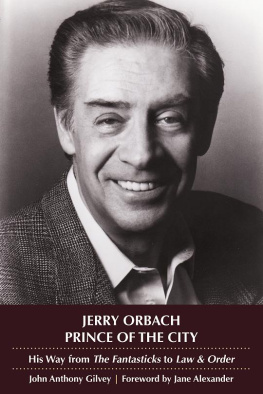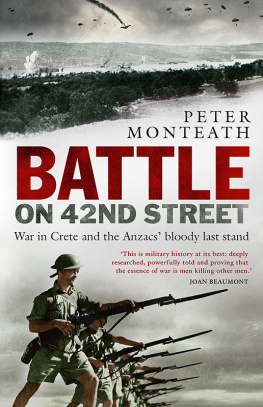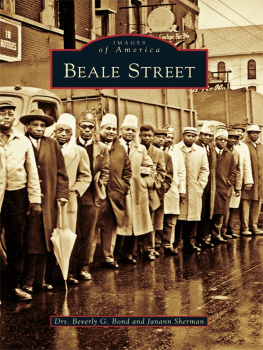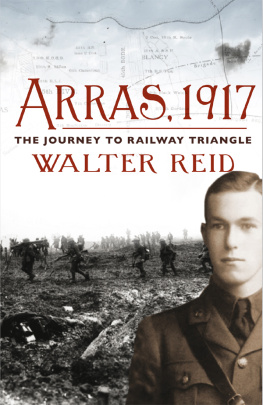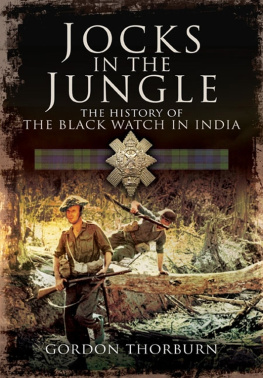Before Hollywood, there was 42nd Street, birthplace of American mass-market entertainment. Beginning in 1899, a burst of construction on the mid-Manhattan block of West 42nd Street between Broadway and Eighth Avenue created the greatest concentration of theaters America has ever seen or likely will see again. It was 42nd Streets pioneering dazzle that transformed todays Broadway theater district into the Great White Way. On 42nd Street John Barrymore played Hamlet, George M. Cohan introduced Give My Regards to Broadway (Tell all the gang at 42nd Street/That I will soon be there) and the Marx Brothers made their Broadway debut. Here, George Gershwin began his long and fruitful collaboration with his lyricist brother Ira, Fred and Adele Astaire first starred on an American stage, Bob Hope caught his big break, and Florenz Ziegfeld Jr. glorified several generations of American girls in his eponymous Follies . On 42nd Street, too, film began to evolve from flickering novelty to art form with the premiere of D. W. Griffiths racist masterpiece Birth of a Nation at the Liberty. Vaudeville reached its madcap zenith at Hammersteins Victoria, where Charlie Chaplin conspired with Stan Laurel in the invention of pie throwing and the likes of Buster Keaton, Will Rogers, and Harry Houdini made a name for themselves.
No city in America has as many famous thoroughfares as New York City. Who does not know Fifth Avenue, Madison Avenue, Park Avenue, Wall Street, or Broadway? But 42nd Street in its heyday was the quintessence of the quintessential American metropolisexcessive, expensive, unpredictable, loud, fun, and a bit dangerous. No place in America has ever evoked the glamour and romantic possibilities of big-city nightlife as vividly as did 42nd Street in its Golden Age.
From the first, with an eclectic mix of amusements high, low, and in between, 42nd Street attracted pleasure seekers from all economic classes. The beauty of the street was not only that it democratized entertainment, but that it also struck an artful balance between catering to middle-class proprieties and flouting them. No one walked this tightrope more skillfully than Oscar Hammerstein I, 42nd Streets pioneering impresario (and grandfather to the famous Broadway lyricist of the same name). Instead of simply parading seminude women around the stage of the Victoria, Hammerstein posed them as famous statues from antiquity. Hammerstein and his son, Willie, also hired Evelyn Nesbit, the wife of millionaire Harry Thaw, to perform on a velvet swing after Thaw had made them both into celebrities by murdering her lover, the architect Stanford White. But 42nd Streets trademark brand of titillation was most famously exemplified by its chorus shows The Earl Carroll Vanities, George Whites Scandals, and, above all, Ziegfelds Follies with their ornately stylized displays of perfect chorine flesh. The street may have prided itself on being naughty, bawdy, gaudy, as the title song from the 1933 film 42nd Street put it, but it was far too commercial a venue to deliberately offend the paying customers.
From the successive use made of the theaters of 42nd Street, a cultural paleontologist could deduce the entire history of popular entertainment before television and rock and roll. But show business was not the streets only founding claim to fame. In 19034, the New York Times built itself a slender twenty-five-story tower on an odd, triangular site formed by the convergence of 42nd Street, Broadway, and Seventh Avenue. In the newspapers honor, the city named the square facing the tower Times Square. Times Towers completion was commemorated on December 31, 1904, with fireworksthe first of the annual New Years Eve celebrations for which Times Square became world renowned. The newspaper additionally promoted itself by hanging makeshift banners from tower windows announcing the results of elections and sporting contests. Times Square quickly became New Yorks favorite gathering place during all important civic events, not just on New Years Eve. On August 14, 1945V-J Day750,000 people packed the place in anticipation of the end of World War II. When the news of the Japanese surrender finally moved across Times Towers Motogram zipper, the roar of the crowd could be heard all the way to the middle of Central Park.
The Golden Age of 42nd Street entertainment ended by 1930. Many theater producers failed in the Great Depression, and 42nd Street was particularly hard hit. By 1934, only the grandest of its ten theatersthe New Amsterdamwas still functioning as a playhouse, and its days were numbered. Before live entertainment passed from the scene, 42nd Street afforded class burlesque its ultimate, national showcase. At Minskys Republic (originally Hammersteins Republic), Gypsy Rose Lee perfected the art of sly, slow-motion striptease while Georgia Sothern, The Human Bombshell, shimmied through her routines in a blur of ferocious athleticism. Undeterred by police raids (I wasnt naked, Gypsy once protested. I was completely covered by a blue spotlight), Minskys and 42nd Streets two other burlesque houses offered ever more daring shows as the Depression deepened. Meanwhile, down the block at the Rialto Theater, a new proprietor named Arthur L. Mayer, the Merchant of Menace, added what he called the M Productmystery, mayhem, and murderto the 42nd Street mix. Instead of glorifying the American girl la Ziegfeld, Mayers goal was to glorify the American ghoul. The Rialto was 42nd Streets first movie grinderthat is, it offered discounted admissions to second- and third-run features and played them virtually twenty-four hours a day. By the early 1940s, when crusading Mayor Fiorello La Guardia finally succeeded in putting 42nd Streets burlesque houses out of business, every one of the old theaters had been made over into grinders, with a single familythe Brandtsowning most of them. Forty-second Street would remain New York Citys great B-rated movie belt for the next five decades, longer even than it had been the citys definitive theater street.
Forty-second Streets fame soured into infamy as it devolved from the nations first show business capital into its first retail porn center. Its denizens rechristened 42nd Street as Forty Deuce or simply the Deuce, as the place became the ultimate in film noir stage sets. By the mid-1970s, 42nd Street and the rest of Times Square had become so extreme in their degradation, so utterly despoiled, that they were perversely alluring. Busloads of German and Japanese tourists routinely disembarked at the Pussycat Cinema, prepaid tickets in hand, to take their carefully chaperoned walk on the wild side. Twice a week, Women Against Pornography took suburban housewives on tours of 42nd Streets fleshpots. Meanwhile, elements of the intelligentsia embraced 42nd Street as one of the last outposts of urban authenticity in a country that seemed increasingly to consist of look-alike shopping malls and retail chain outlets laid end to end. Times Square has all the mystique of another age, Marshall McLuhan observed in the late 1960s. If they were to dispose of it now, theyd probably rebuild it, like Williamsburg, in fifty years.
Through all of 42nd Streets transformations, there was this constant: the place was packed day and night. For most of the century, the heavily trafficked intersection of 42nd Street and Broadway was known far and wide as the Crossroads of the World and the 24-Hour Corner. Many out-of-towners came to Times Square just to gawk, for by the early 1920s its colossal electronic signs and billboards were a world-class attraction in their own right. Above all, 42nd Street was where tourists and locals alike went to mix with the moving crowd, to feel New Yorks erratic, racing pulse. No place in the city was as vividly present tense as 42nd Street and yet so redolent of nostalgic associations, especially for the native New Yorker. Each of the streets successive incarnations was deeply imprinted on the public consciousness and lived on in the citys collective memoryin the 42nd Street of the mindlong after its day had passed.



